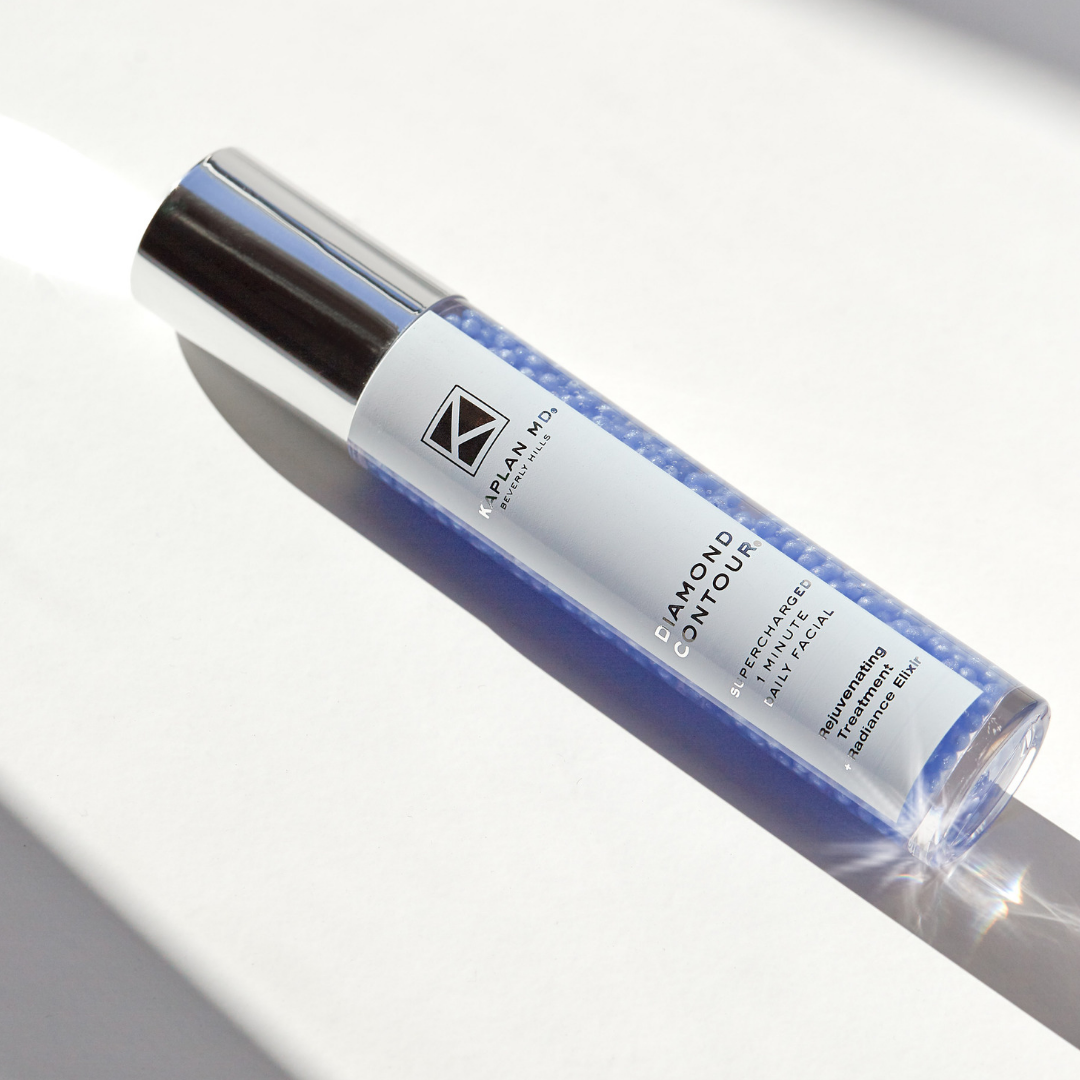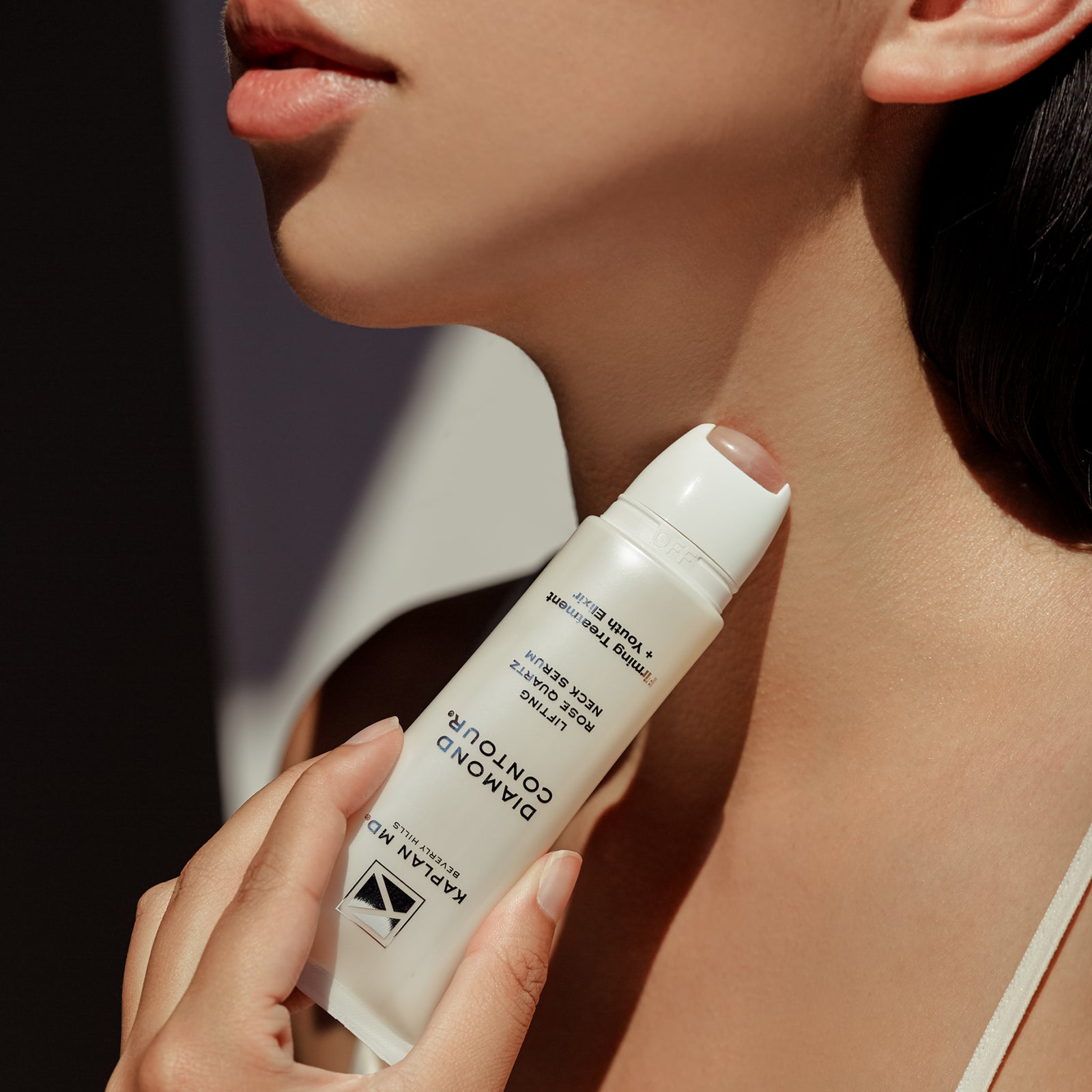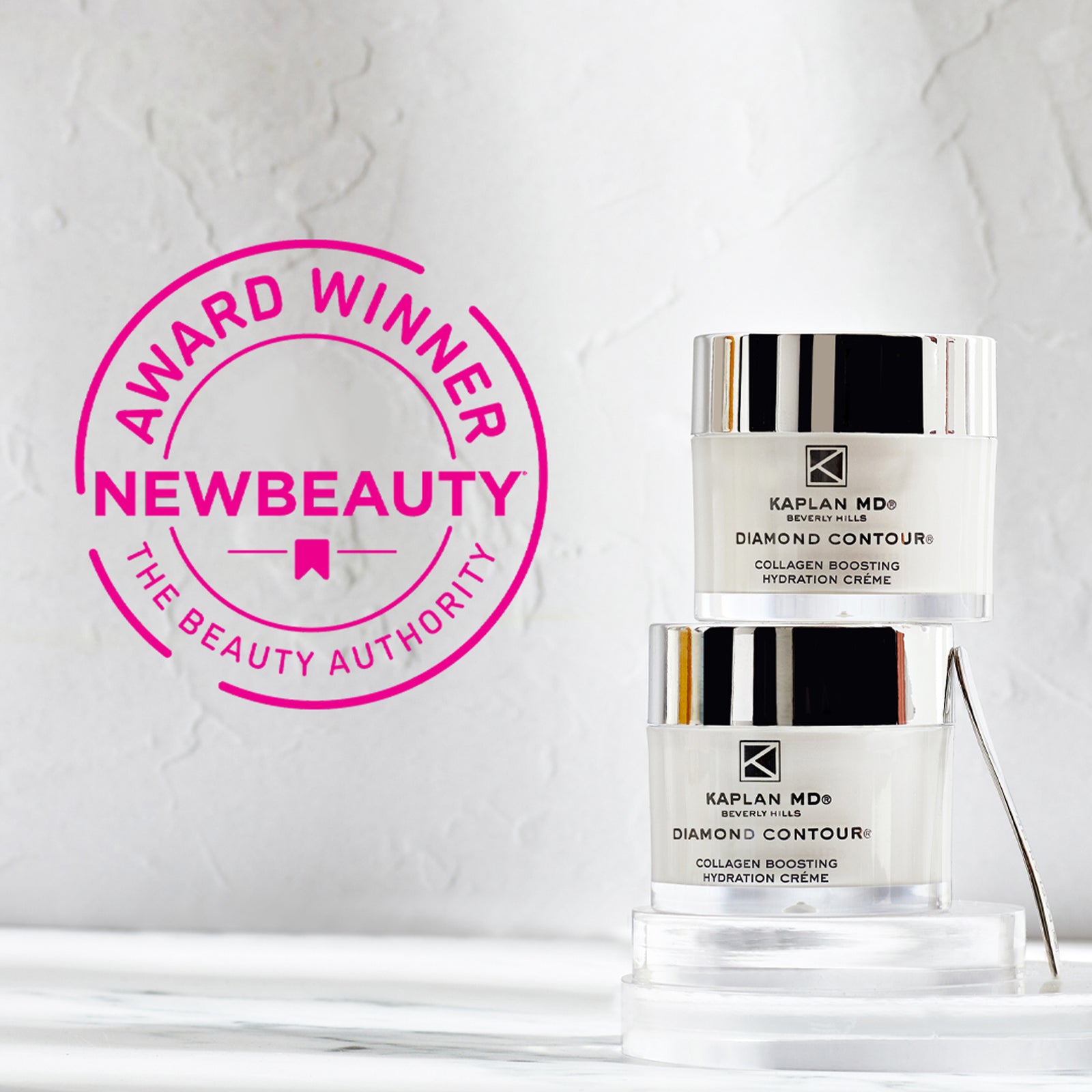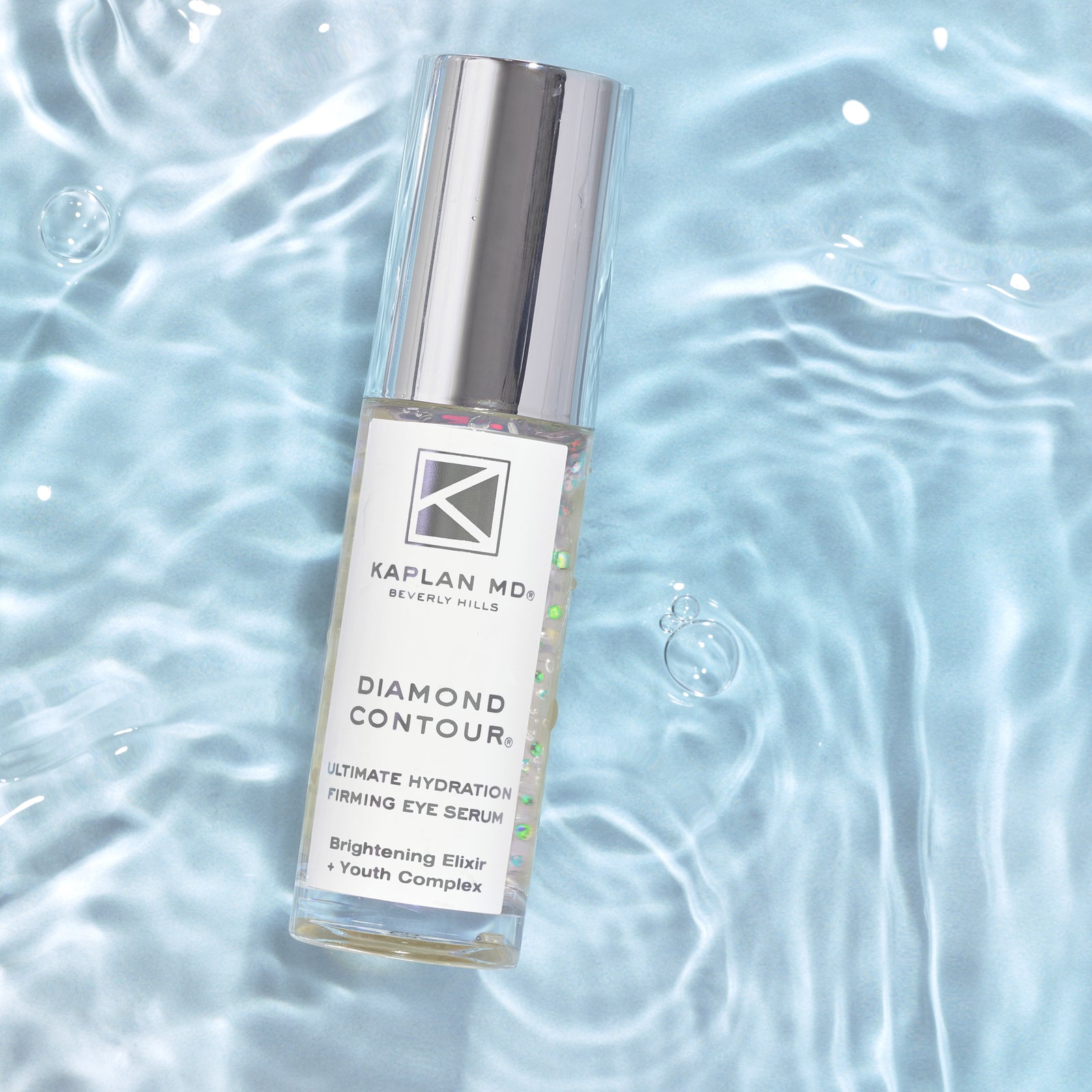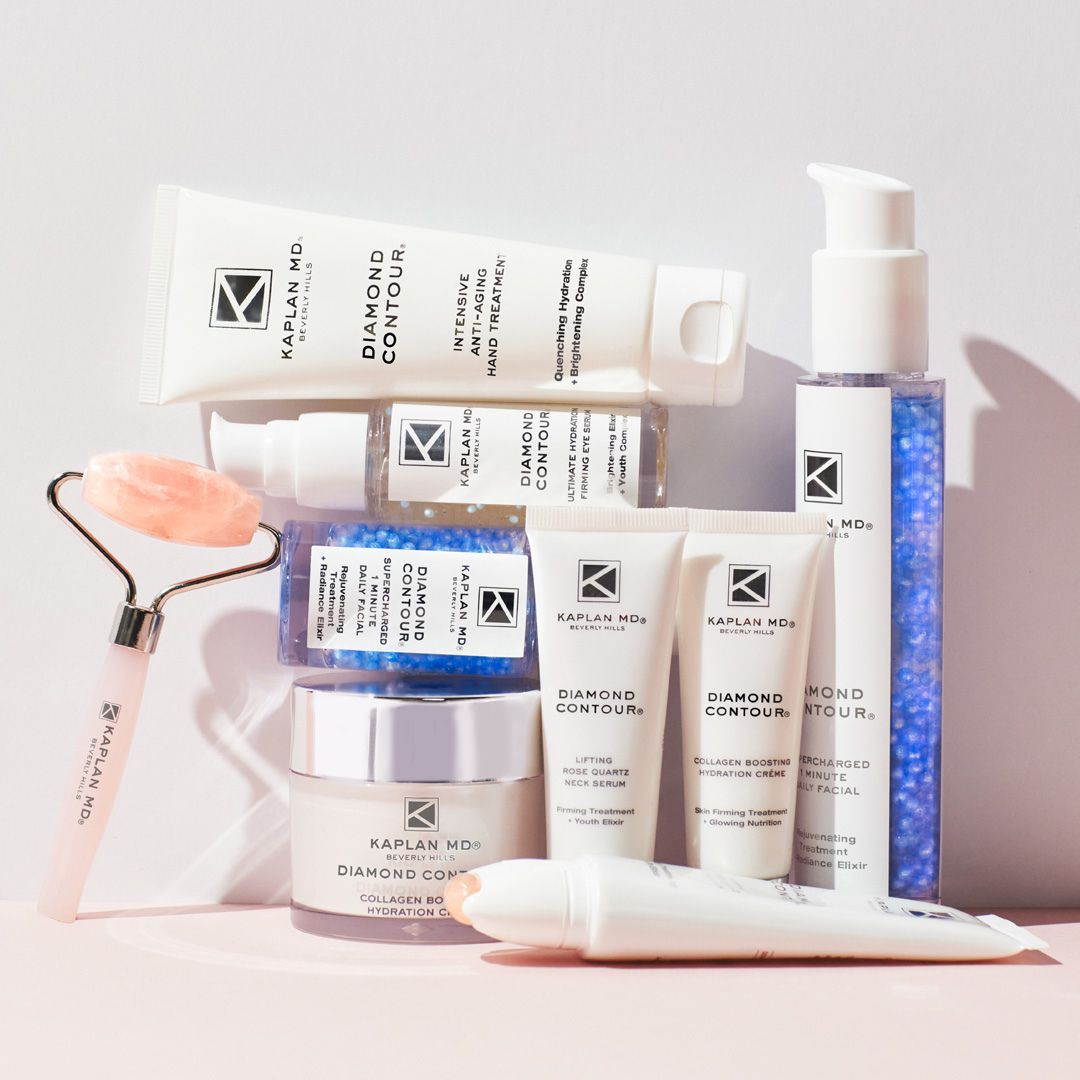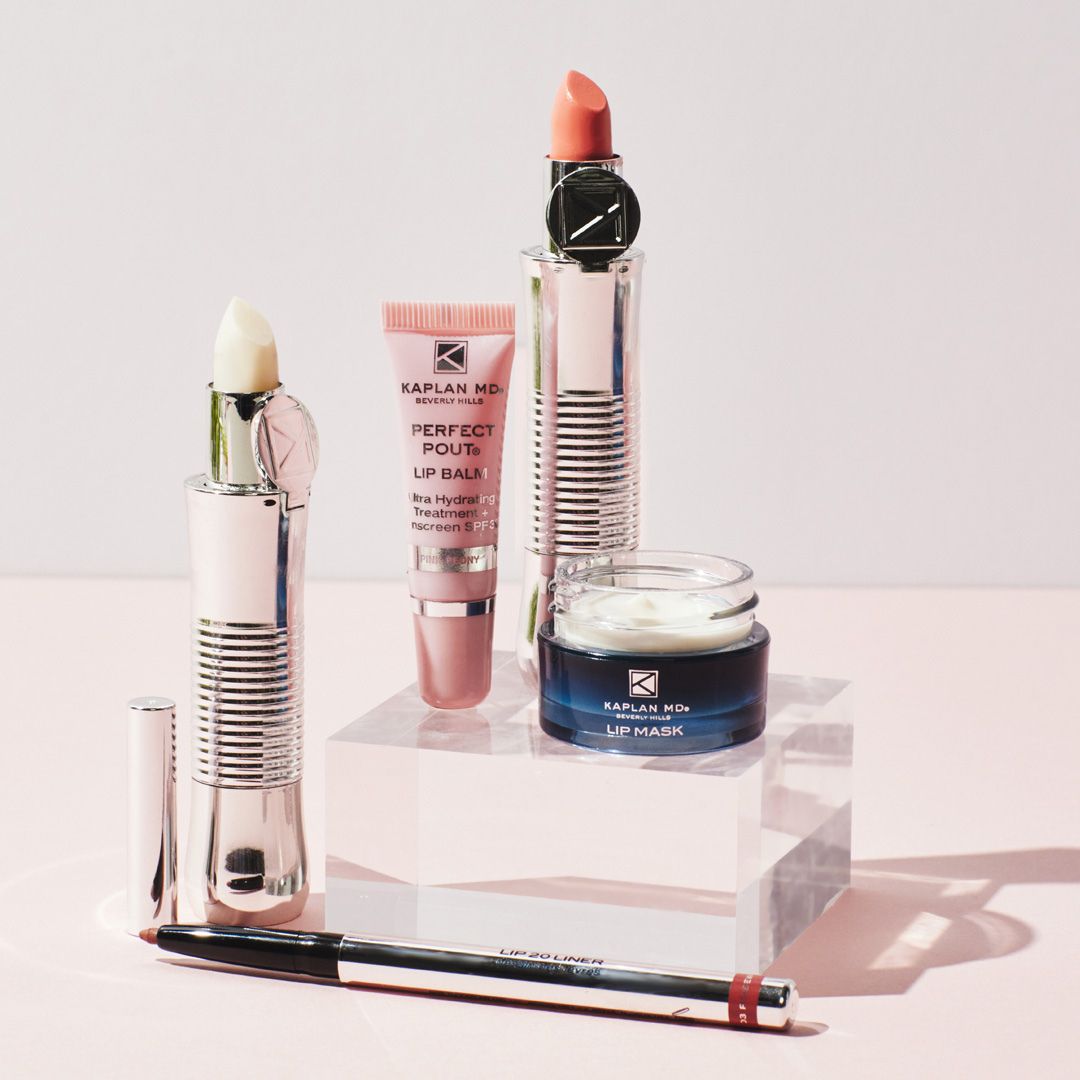Dr. Kaplan – Moles
MOLES
It is important to know what your moles look like. While moles are harmless, sometimes skin cancer develops in or near a mole. If you know where you have moles and what your moles look like, it can help you find skin cancer early. When found early and treated, skin cancer has a high cure rate.
A mole on your body can be
- One color-Often brown, but a mole can be tan, black, pink, blue, skin-tones, or colorless
- Round to oval in shape
- Flat or slightly raised
- Look the same from month to month
Moles can differ in size, shape, or color. Moles can have hair. Some moles will change slowly over time, possibly even disappearing.
When talking with your dermatologist about your moles, you may hear the term nevus. Nevus is the medical term for mole. When your dermatologist is talking about 2 or more moles, you may hear nevi.
HOW TO CHECK YOUR MOLES
By getting into the habit of checking your skin, you can learn what your moles look like. Once you know what your moles look like, you’ll be able to spot changes. In adults, a change to a mole or the sudden appearance of a new mole can be a sign of melanoma. Melanoma is a type of skin cancer that can be deadly if not caught early and treated.Finding melanoma early is essential. Melanoma has a cure rate of nearly 100% when found early and properly treated.
The best way to check your skin is to perform a skin self-exam. You can perform this exam at home. You will need a room where you can undress and have access to a full length mirror and a handheld mirror. It also is helpful to use a body mole map to track changes on your skin.
A skin self-exam means you’ll need to look at all of your skin. Moles can appear anywhere on your skin – the scalp, between fingers, on a toe or the sole of the foot. You can even get a mole under your nail.
As you examine your skin, you will look at each individual mole. As you look at a mole, you want to look for the following signs, which you can remember as the ABCDEs.
A stands for ASYMMETRY; one-half does not look like the other half.
B stands for BORDER; irregular, scalloped or poorly defined border.
C stands for COLOR; varied from one spot to another; shades of tan and brown, black; sometimes white, red, or blue.
D DIAMETER; melanomas are most often greater than 6 millimeters (the size of a pencil eraser) when diagnosed, but they can be smaller.
E stands for EVOLVING; a mole or skin growth that looks different from the rest or is changing in size, shape, or color.
WHEN TO SEE A DERMATOLOGIST
As you examine your skin, if you answer yes to any of these questions, you should make an appointment to see a dermatologist immediately. You might have melanoma. When found early, melanoma is highly treatable and has a high cure rate.
REMOVING A MOLE
If your dermatologist sees a mole or other spot that looks abnormal, your dermatologist will recommend removing it.A mole can be removed during an office visit. This is a safe and simple procedure when performed by a dermatologist.
If you have a mole removed, the first step will be to numb the area so that you do not feel pain. Once the area is numb, your dermatologist will surgically remove the mole. Some patients need stitches so to close the wound, but not all.
The skin that your dermatologist removes will be examined under a microscope. Your dermatologist may examine the skin or send it to a lab. Examining the skin under a microscope is the only way to tell whether a patient has skin cancer. This process of removing the skin and examining it under a microscope is called a skin biopsy.
If you see a mole or other spot reappear after a skin biopsy, immediately make an appointment to see your dermatologist.
UNDERSTANDING THE BIOPSY REPORT
The results of your skin biopsy will be described in the biopsy report.
ATYPICAL NEVUS
If the biopsy report says your mole is a typical nevus, you do not have skin cancer. An atypical nevus (sometimes referred to as a “dysplastic nevus”) is a mole that does not look like a normal mole but it is not a cancer either. To the naked eye an atypical mole can look like a melanoma. These moles also have a higher risk of progressing to melanoma. You dermatologist will determine if the mole requires any further treatment.
SUN PROTECTION KEEPS SKIN HEALTHY
- Generously apply sunscreen. Use sunscreen that offers broad-spectrum (UVA and UVB) protection, water-resistance, and a Sun protection Factor (SPF) of 30 or more.
- Wear sunscreen every day. Studies show this can reduce the risk of developing melanoma by half. Be sure to apply the sunscreen every day before you go outside. Apply sunscreen to all skin that is not covered by clothing.
- Reapply sunscreen every two hours. This is important, even on cloudy days, after swimming or sweating, you also need to reapply sunscreen.
- Wear protective clothing. This means wearing a long-sleeved shirt, pants, a wide brimmed hat, and sunglasses when possible.
- Seek shade. Shade helps protect your skin from the sun’s harmful rays. Shade is especially important between 10 a.m. and 2 p.m. when the sun’s rays are strongest. But any time your shadow is shorter than you are, seek shade.
- Protect your skin when around water, snow, and sand. These reflect and intensify the damaging rays of the sun.
- Never use a tanning bed. UV light from the sun and tanning beds can nausea skin cancer and wrinkling. If you want to look tan, consider using s self-tanning product or spray. Even when using one of these products, you need to use sunscreen.
ASK YOUR DERMATOLOGIST
Examining your skin is important. Some people have difficulty doing this because they have so many moles or do not know what to do. If you have any difficulty, you should speak with your dermatologist. Your dermatologist can show you how to examine your skin and provide you with tools that can help you keep track of your moles.
All content solely developed by the American Academy of Dermatology.

